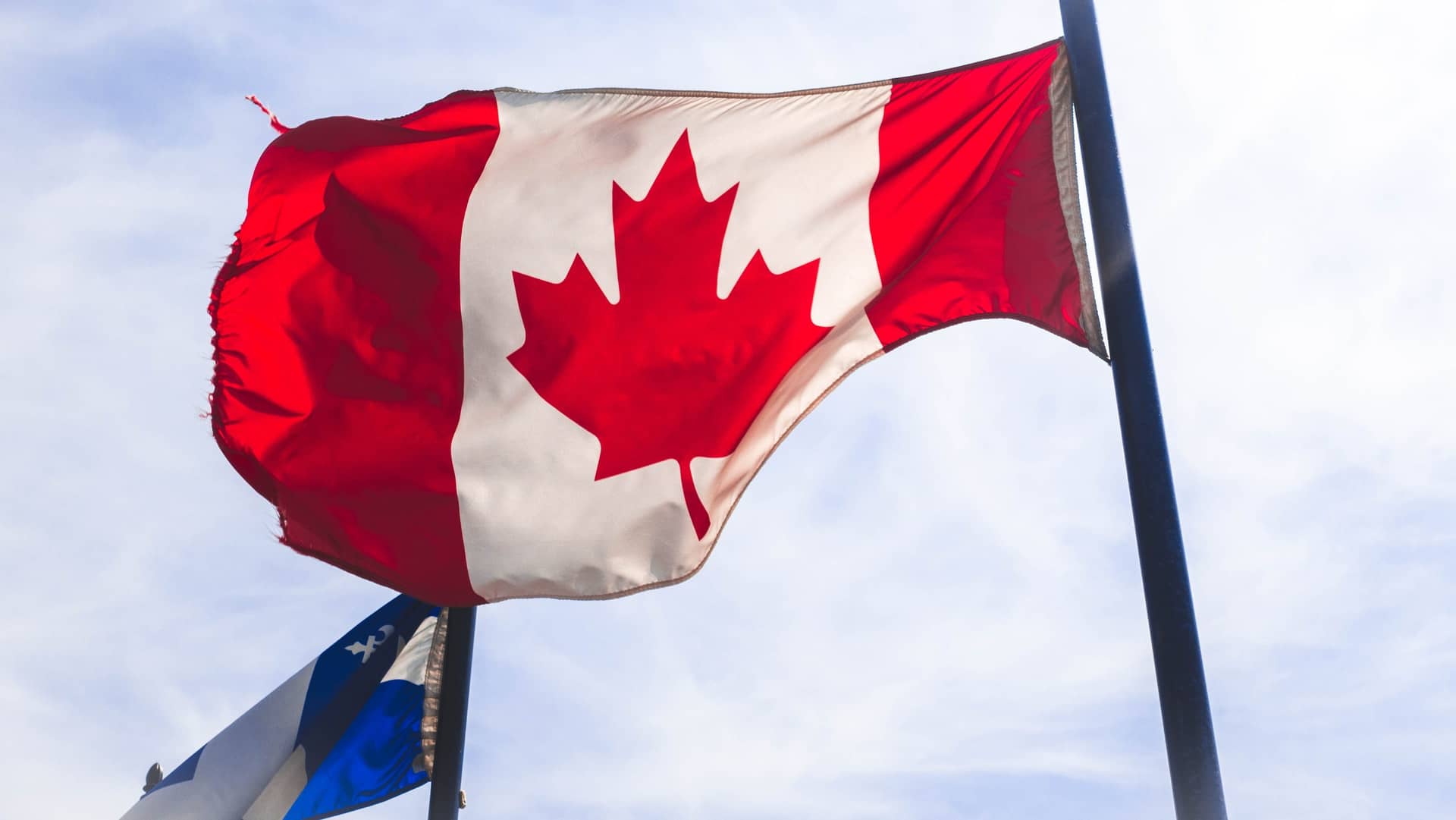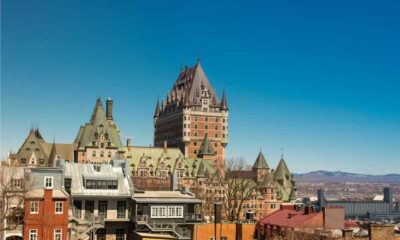Immigration Announcement
Think-Tank Report Declares Canada as a Nation of Immigrants, Driving Population Growth

Canada is undergoing a profound change, evolving into a true nation of immigrants as unprecedented immigration rates propel the country’s population growth. According to Jack Jedwab, CEO of the Association for Canadian Studies (ACS), this surge in immigration is reshaping the identity landscape, ushering in changes in religious affiliations and fostering a rich tapestry of multiple identities.
In a recent interview with the National Post, Jedwab emphasized, “In terms of identity dimensions, we’re seeing across-the-board changes in terms of patterns of religious identification, less so of ethnicity, but more multiple identities.” This sentiment is echoed by a recent Leger poll for the ACS, predicting that Canada’s population will double in the next 30 years, with nearly half of Canadians identifying as racialized or visible minorities.
Canada’s Changing Demographics
The demographic shift is not merely statistical; it carries profound implications for religious diversity. The Leger poll suggests a decline in the majority status of Christianity, with only 53% of Canadians listing Christianity as their religion in 2021, down from 77% in 2001. The rise in atheism is noteworthy, with the percentage of Canadians reporting no religion growing from 16.5% to 34.6% in 2021 over the past two decades.
The third quarter of 2023 witnessed an extraordinary surge in population growth, reminiscent of the post-war Baby Boom era. Temporary foreign workers, international students, and new permanent residents were pivotal in driving this surge, marking the highest population growth rate since 1957. Statistics Canada reports that 96% of this growth is attributed to immigration, emphasizing the instrumental role of newcomers in shaping Canada’s future.
A Record-Rise of Permanent Residents and Non-Permanent Residents
Canada’s welcoming stance is evident in the record-breaking intake of new permanent residents in the third quarter – a staggering 107,972 individuals. From January to September 2023, immigration reached 79.8% of the Immigration, Refugees, and Citizenship Canada target, indicating a robust and sustained influx of newcomers.
However, the transformation isn’t confined to demographics alone. Statistics Canada’s report highlights a significant upswing in the number of non-permanent residents during the third quarter, totaling 312,758. This surge, dating back to 1971, predominantly stems from an increase in work and study permit holders and, to a lesser extent, a rise in the number of refugee claimants.
Newcomers Reshaping Canada’s Growth and Economy Over the Decade
In recent years, newcomers have emerged as key contributors to Canada’s population growth and economic vitality amid demographic challenges.
According to Statistics Canada, from 2016 to 2021, immigrants constituted a substantial 80% of the country’s labor market growth, despite facing higher unemployment rates and increased likelihood of low-income status. The data also reveals a noteworthy shift in Canada’s immigration system, with an increasing reliance on temporary residents to fulfill labor market needs.
Approximately 31% of immigrants obtaining permanent residency between 2016 and 2021 previously held temporary work or study permits. Furthermore, there’s a visible trend of decentralization, as smaller cities like Halifax and Fredericton experience a surge in their share of immigrants. This transformation underscores the evolving role of newcomers in shaping Canada’s demographic and economic future.
In this era of embracing diversity, Canada is not merely accepting newcomers but actively redefining its identity. The intricate fabric of multiple identities, combined with a dynamic demographic, is positioning Canada as a global leader in fostering an inclusive and diverse society, truly embodying the essence of Canada as a Nation of Immigrants.






















